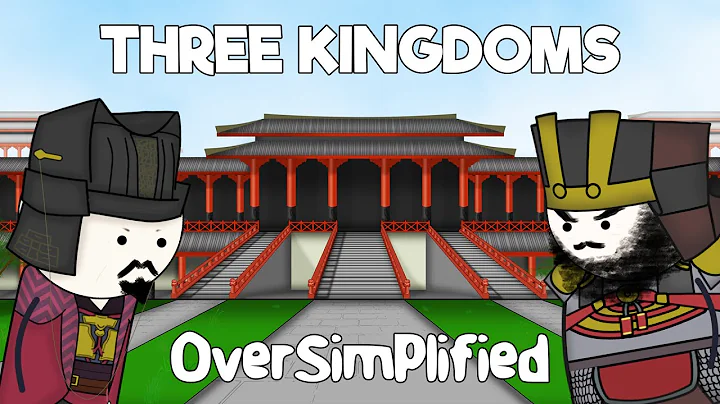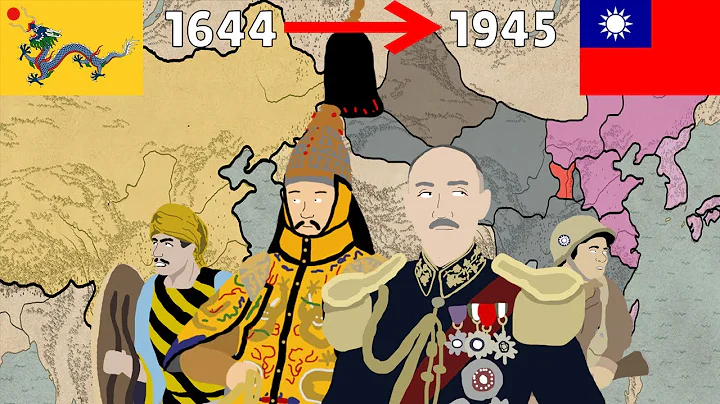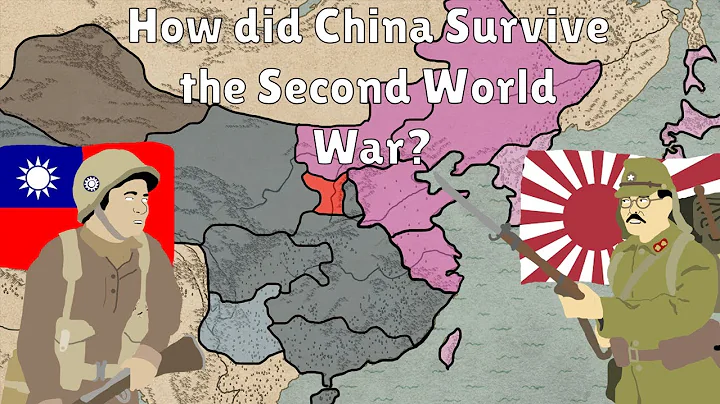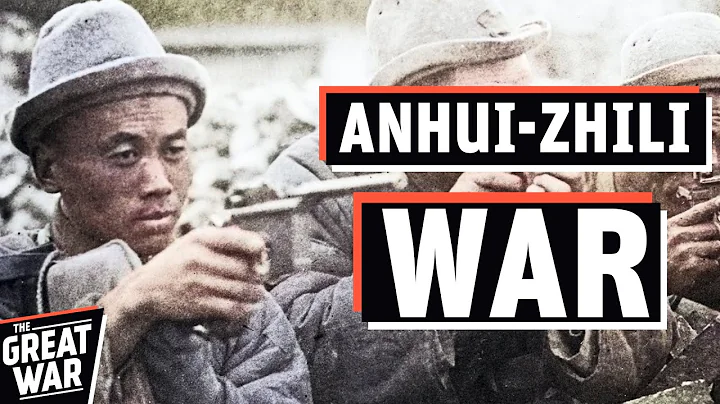In the War of Resistance Against Japanese Aggression, the Sichuan Army has always been synonymous with tragic and tragic. In the past, when strong men came out of Sichuan, millions of Sichuan children went to the province to fight against Japan, and the young and middle-aged people who participated in the war ranked the most in all provinces in the country. The warm-blooded Sichuan soldiers rose up on the battlefield and fought to the death with the Japanese invaders. Like the Guangxi wolf soldiers belonging to the Guangxi warlords, the Sichuan Army is naturally the representative army of the Sichuan warlords located in the southwest. However, compared with the Gui clan and the Feng clan, which are famous for their iron and blood, the Sichuan clan warlords are relatively low-key. Although the Sichuan clan warlords claimed to have more than 400,000 troops at their peak, from beginning to end, their territory was only It is only in the Sichuan-Chongqing-Guizhou triangle in the southwest.
So why did the Sichuan-based warlords, who occupy half of the southwestern part of the country and have hundreds of thousands of troops, fail to conquer the world during the war between the warlords?

Monument to the children of the Sichuan army who went out to fight in the province
The daily introverted Sichuan warlords
It needs to be clear here that the Sichuan warlords are not like the Guangxi duopoly, or Jinsui The line is Yan Xishan. Even before the Anti-Japanese War, the Sichuan warlords were nominally united by Liu Xiang, but in fact other Sichuan warlords such as Deng Xihou, Yang Sen and Liu Wenhui still maintained absolute independence. status.
It can be said that from Beiyang warlords to Lao Jiang's unified National Government , Sichuan warlords have always been keen on one thing, that is, fighting for territory. Some people ridicule them that they are not fighting for territory every day, or on the way to fight for territory. Today you and I are brothers, but tomorrow they will start fighting each other because of the trivial site.
How serious was the infighting among the Sichuan warlords at that time?
According to incomplete statistics,From 1917 to 1933, in only 16 years, Sichuan warlords fought no less than 500 wars, which can be described as a small fight a week and a big fight every two weeks.
Chengtou Change King's Flag, and Japan Warring States have a fight.

The territory of the Sichuan warlords during the melee
The vast Sichuan warlords can be divided into the following factions:
The first appeared was the military department, and the early leaders were mainly The spokespersons of the Beiyang warlords in Sichuan, such as Liu Cunhou and others. During the reign of the Zhili, it also developed into Baoding Military Academy or Japanese Non-commissioned Officer School Graduated Baoding Department in other provinces, as well as Sichuan local fast-track department mainly based on Sichuan Military Academy. In the Baoding Department, Deng Xihou and Liu Wenhui graduated from the first and second phases of the Baoding Military Academy, while the local accelerated department is represented by Liu Xiang and Yang Sen. Of course, in addition to these three major departments, the revolutionary Xiong Kewu (the boss of Mr. He at that time) also has his own faction.
Because different factions of different factions often conquer each other, but even the same faction will fight against each other one after another.

Various factions among the Sichuan warlords
Cai Dongpan, a famous scholar of the Republic of China, made a sharp comment on the Sichuan warlords at that time in response to this phenomenon
"Suppressing the warriors" Gushan repeats itself, but only the warriors of Sichuan,Even more so. For example, Deng Xihou, who originally chased Yang Sen, was used by Yang Sen so far. Liu Xiang, who was first related to and Liu Chengxun, eventually helped Yang and attacked Liu, and his subsequent changes were repeated. There are those who do not know why. "From "Cai Dongfan: The Age of Warlords and the Rebirth of the Nation"

Yang Sen's department under Wu Peifu's command
How serious was the fight between the Sichuan warlords at that time?
1918 In 2009, after the law-protecting war, the revolutionary Xiong Kewu defeated Liu Cunhou, the speaker of the Beiyang warlord in Sichuan, and seemed to have become the first generation of the king of Sichuan. The younger brothers were dissatisfied and began to crusade against him. In the end, the new Lu Chaochuan defeated Xiong Kewu.

General Xiong Kewu's uniform photo
In 1920, Xiong Kewu, who had a background in the Southern Revolutionary Party, united with his former enemy Liu Cunhou to avenge Lu Chaochuan. , and drove him out of Sichuan. Afterwards, the two fought fiercely when they divided the territory. Liu Cunhou was defeated twice and had to go to Wu Peifu in the Lianghu area. Yang Sen was dissatisfied, and the two sides went to war. In the end, Yang Sen was defeated. Liu Xiang chose to dormant. During this time, Xiong Kewu was basically a "small invincible existence." Entering Sichuan from Hubei, Deng Xihou, a general under Xiong Kewu's subordinate Liu Chengxun, first turned against Deng Xihou, attacked Chengdu, and then fought with Xiong Kewu, who came over. Although Liu Xiang and Liu Wenhui were nominally neutral, they secretly united with the King of Guizhou. Yuan Zuming The inverted "bear" united together.However, Xiong Kewu, together with Lai Xinhui and his old friend Lu Chao and others, defeated the commanded coalition forces in Chengdu, East Sichuan and Chongqing. Liu Xiang and others had to retreat to the border of Sichuan and Hubei.

Sichuan Army soldiers during the Republic of China
In 1924, Wu Peifu, who wanted to unify Sichuan, decided to support Yang Sen and others again. Ten statues, subsidizing the coalition forces, and actively rectifying the troops after getting the equipment, and accumulating strength to fight again. After entering Sichuan for the second time, Liu Xiang actively fought against Xiong Kewu on the one hand, and on the other hand, divided Liu Chengxun and Lai Xinhui, two non-Xiong Kewu generals, and finally the revolutionary party represented by Xiong Kewu was overthrown in the internal and external troubles, and some people went to the south. The cloud Tang Jiyao et al.
And under the auspices of Wu Peifu, each family is also sharing the fruits of victory- Tian Songyao is the assistant, Deng Xihou is the governor, Liu Xiang is the Sichuan-Tibet border defense supervisor, and Yuan Zuming is the Sichuan-Yunnan border defense supervisor. To defend, Yang Sen was the military envoy to protect the east of Sichuan.

Sichuan soldiers carrying a sedan chair
After Wu Peifu's power weakened in 1925, the Sichuan warlords began to have their own Xiaojiujiu. Yang Sen took the lead, and he defeated Liu Wenhui and Lai Xinhui by himself. The coalition army formed with Liu Chengxun was about to unify Sichuan, but he never thought that Liu Xiang, an old comrade-in-arms of the quick succession who had been dormant, had already seen through everything. He actively wooed Liu Wenhui and Deng Xihou, and drove Yang Sen to Hubei in the ensuing war.
After 1927,Sichuan is basically the era of Liu Xiang, Liu Wenhui, Deng Xihou and Yang Sen playing four-player mahjong.
At this time, Liu Xiang was undoubtedly the largest, Yang Sen was the second, and Liu Wenhui and Deng Xihou, both of the Baoding Department, formed an alliance. In 1928, Liu Xiang defeated Yang Sen's coalition in the Nth Civil War of the Quicken System and continued to consolidate the position of the first brother. In 1933, Liu Wenhui and Deng Xihou were successively defeated in the "Battle of Two Liu".

Uncle and nephew Liu Wenhui and Liu Xiang
After 1933, the Sichuan warlords were unified, but only in name.
But as mentioned earlier, in order to maintain his reputation as the king of Sichuan, Liu Xiang did not forcefully incorporate his former enemy and comrade-in-arms, but pacified him. To put it bluntly, Liu Xiang himself was only the head of the princes, not a direct leader. Therefore, even before the Anti-Japanese War, there was a saying in Sichuan that "the world has been leveled and Shu has not been leveled". And because of this historical reason, it also provided a natural opportunity for Lao Jiang to defeat each of them later.
Therefore, how can a disorganized alliance of warlords, which is naturally divided and lacks centripetal force, go out and fight for the throne?

After the unification of Sichuan, Liu Xiang (middle)
Sichuan warlords lack living space
In terms of historical geography and strategy, there has always been a saying of golden horns and silver edges, grass belly, Sichuan on the map The strategy has always been dubbed the title of Phnom Penh.
How advantageous was the location of Sichuan at that time?
retreat can take advantage of Hanzhong Valley, Badong Mountains and Yunnan-Guizhou Plateau,And the Yangtze River is naturally dangerous and self-reliant. You can enter the two lakes and the southeastern half of the Yangtze River along the Yangtze River, invade Yunnan-Guizhou and South China's estuaries to the south, and occupy Guanzhong and the northwest to the north.
But unfortunately, in the era of separatist warlords, the neighbors of the Sichuan-based warlords were not easy to mess with. Even if Liu Xiang really had the ability to lead the warlords out of Sichuan, they had to face each other. To the strongest local man at that time.

The power map of each warlord, next to Sichuan are wolves
The southwestern warlords going south are not bad.
Although before the Republic of China, Sichuan had always been the No. 1 province in the southwest, both in terms of population and economic development, it surpassed other provinces. After the opening of the port in modern times, Sichuan's economic development also entered the fast lane. But in the Republic of China, Yunnan became prosperous with France by relying on border trade. At the peak of the second-generation Yunnan king Tang Jiyao, he was the commander-in-chief of the coalition forces of the five provinces (one is said to be eight provinces), and even Liu Xiang, Liu Wenhui and others at that time They can only curry favor with Tang Jiyao. And even after Tang Jiyao, the successor Long Yun is also a hero.
Even Guizhou Yuan Zuming, Zhou Xicheng and others in the middle of the southwest are not weak. Yuan Zuming was often among the Sichuan warlords, and no warlord could annex Guizhou. As for the further south Guangdong and Guangxi , it is not bad that the Revolutionary Army and the Guangxi clique don't come to the Sichuan clique. It is absolutely impossible to make a sea exit.

Tang Jiyao, the head of the Dian family in Yunnan
It is impossible to go south, and even more impossible to go north.
North Northwest region is a good general of the people Feng Yuxiang 's territory, Feng Yuxiang has all the Northwest Army capable of fighting well. The only way for the Sichuan warlords to go north is to go through Qilian Mountain and Hanzhong. The Qilian Mountain area is in the northwest region, and there is no strong cavalry, so they can only give experience to the three horses in the northwest. From Hanzhong to Guanzhong and the northwest, here is Feng Yuxiang's home again.
How strong was Feng Yuxiang?
During the peak period, the entire North was basically contracted by him, except for Shanxi. It was obviously unrealistic to rely on the land of Sichuan and Chongqing and Feng Yuxiang to fight hard.

Northwest Army leader Feng Yuxiang
It is unrealistic to go east, but to the east is the father of his own financial master - the straight warlord
The reason why the Sichuan warlords are in chaos and the reason for the long-term division First, compared with the big factions, they are more of a second-level warlord with no independent status, and their independence is much weaker. Back then, Yang Sen, Liu Xiang and Liu Wenhui stood behind the straight warlords, and Wu Peifu was behind the scenes to control the civil strife of the Sichuan warlords from 1921 to 1924. The predecessor of Sichuan King Xiong Kewu is more intimate with the Guangzhou military government in the south. Similarly, among other Sichuan warlords, there are also shadows of Yunnan and Guizhou warlords.
Therefore, in the face of Wu Peifu, who occupies the wealthy places such as Lianghu and Henan, except for Cao Kun, Wu Peifu, who is the first person directly, is inferior to Liu Xiang and Wu Peifu in terms of hard power and combat. You must know that Wu Peifu's command should be the strongest among the direct line.The northeastern king Zhang Zuolin and the Duan Qirui of Anhui were all defeated by him.

Wu Peifu's site at his peak was several times that of Sichuan
The lack of development depth and industrial foundation.
In addition to the fact that their opponents were too strong, the Sichuan-based warlords who only possessed the land of Sichuan and Chongqing were also weaker in development than the Central Plains, Southeast and South China. In addition to the development of industry and shipping in Chongqing and other places in eastern Sichuan, the industrial base in other places is almost zero. Especially in Xikang and western Sichuan and other places, the people are poor, and sometimes they have to compete with the chieftains for profits. Once a war breaks out between warlords, Sichuan can easily be blocked by other factions. According to incomplete statistics, among the 19 provinces in the Republic of China, Sichuan's GDP ranks seventh, but this is the sum of Sichuan and Chongqing. , compared with the provinces of Jiangsu, Hubei, Zhejiang, Anhui and Shandong, it is still insufficient.
In addition, in the industrial development of coal, factories, metal machinery and other industrial development, Sichuan and Chongqing combined and the rich southeast coast still have great deficiencies.

Chengdu in the early years of the Republic of China
To put it bluntly, even Liu Xiang could use force to integrate Sichuan warlords in the 1920s, but in front of a group of powerful old neighbors, he wanted a strong man to go out of Sichuan , to join the warlord melee, and to compete with the Zhi, Revolutionary, Guangxi, Northeast and Northwest armies, relying on the power of Sichuan Province is by no means easy.
Yutian Jun said
Of course, the pattern of Sichuan warlords is only in Sichuan and Chongqing.There are many acts of treachery between each other, but for their old opponents, they often do not kill them all. Even after the other party gives up resistance, they will treat each other with courtesy. For example, Liu Xiang and Yang Sen have a good personal relationship, and Liu Xiang himself and Liu Chengxun are commensurate with their brothers.
Looking back at the history of the Sichuan warlords, even in the face of national disasters, the Sichuan warlords were surprisingly unanimous to go out to Sichuan to fight against Japan. Except, the Sichuan army will not return to their hometown for one day." This is also a classic portrayal of Sichuan people in the face of national justice.
— The end—
.




















